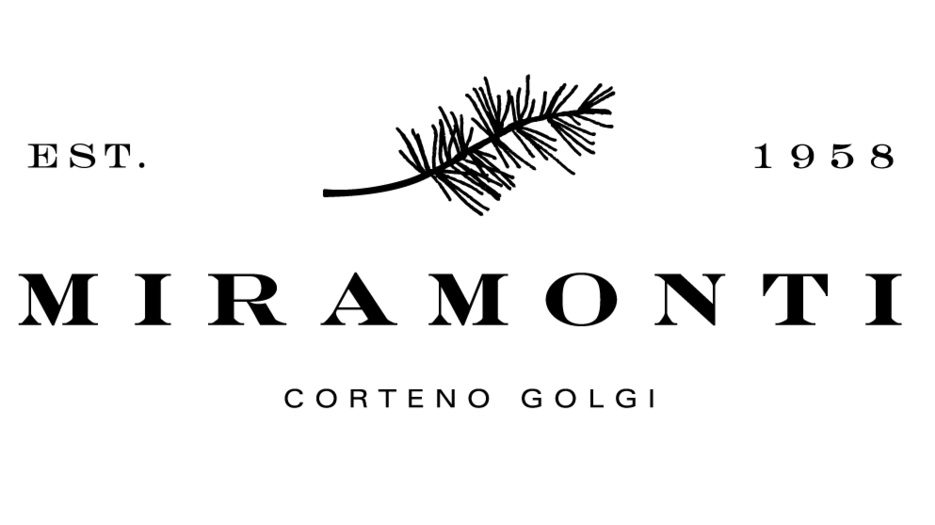Cheeses You Should Try in Lombardy, Northern Italy
Italy is world-renowned for the plethora of cheeses you can find - each region of Italy have their own specialty cheeses and sometimes, particular cheeses can only be made in those specific regions. The practice is deep in Italy’s cultural identity, even dating back to the Romans who were obsessed with making and eating cheese to the monasteries who became cheesemaking masters. In this blog post, we will be discussing the wonderful area of Lombardy where the area is plentiful and the passion for cheesemaking is prominent. Here is a list of Lombardy cheeses you should try when you are making a trip to the region!
Valtellina Casera
Valtellina Casera cheese originated in the Valtellina valley of Italy, and is produced in the Province of Sondrio. The cheese is made from the semi-skimmed milk from cows who have been fed wild and herbage plants. The milk is then matured for a minimum of 70 days in a traditional ‘casere’ which is English for ‘mountain huts’.
The flavour of the Valtellina Casera is described by many as milky and delicate, but once it has matured for longer it could have hints of dried fruits, hay and forages. The cheese is used by many Valtellina dishes like Pizzoccheri or Sciatt, in our Alpine Hotel we serve the buckwheat delicacy of Pizzoccheri with Valtellina Casera cheese.
Taleggio
Taleggio is a semisoft, washed-rind Italian cheese originating from the Taleggio Valley (Val Taleggio) in the Lombardy. It is one of the oldest soft cheeses produced every Autumn and Winter. It has quite a strong aroma, but the taste can be described as mild with soft tones of fruit. During production is often washed with a special solution that get rids of mould and encourages good bacteria. After 50 days, Taleggio is ready to be consumed as it matures quite quickly.
Taleggio could be eaten by its own or combined with fruits, and even melted onto pizza and risotto. Generally, it is a very versatile ingredient.
Gorgonzola
Gorgonzola is a white, soft cheese with marbling of blue-green mould - a kind of blue cheese. The origins of Gorgonzola traces back to the town of Gorgonzola, Milan in Lombardy and has been believed to be invented in 879 BCE. It is said that a man was caught up thinking about a beautiful girl and accidentally mixed the rennet of the day before with the fresh one - creating Gorgonzola!
Depending in the age of the Gorgonzola, you could derive different tastes and textures of the cheese. Gorgonzola Dolce - which is aged for 2 months - is described to be mild with hints of sour cream and butter. While, Gorgonzola Piccante is more firmer, pungent with a strong flavour.
Gorgonzola can be used in many different ways such as mixing with risotto or pasta - or even pairing it with fruits and the right selection of the local Lombardy wines.
Bitto Storico
Bitto Storica is famously known to be the ‘Oldest Edible Cheese in the World’, as you know, cheese can be matured for a while - even lasting for several years. But Bitto Storica ages for such a length of time - up to 18 years! Bitto Storica is protected, and can only be harvested in areas where the Bitto river runs through it. All the cows are free-range and are made sure to be fed with all-natural food because what soil the cow eats from can change the taste of the cheese. The cheese is majority cows milk and often mixed with 10-20% Orobica goats milk - goats who graze in the Bergamo Alps of Northern Italy - a true alpine cheese.
Only a small number of producers make Bitto cheese (12 to be exact), therefore it is a difficult cheese to come by. Bitto cheese is often used in Valtellina cuisine like Casera, they are used in Pizzoccheri and Sciatt.
Bagòss Di Bagolino
Bagòss is an extra hard half-fat cheese originating from the Province of Brescia, Lombardy - the same province where our Alpine hotel is located! The cows they use to make Bagòss are brown-alpine cows that are fed local hay in the winter and higher pastures in the summer. When producing the milk - they often include a touch of saffron in the process. There is actually a celebration called the ‘Transhumance festival’ where the town celebrates the return of the cows from the higher pastures with music and singing.
Bagòss is not a cheese for everyday consumption, it is often saved for special occasions due to its price. The Bagòss cheese has unique, strong characteristics with an intense aroma of mountain smoke and hints of chestnuts and walnuts. You can easily recognise Bagòss cheese through its brown rind.
Bagòss is great for ravioli, soups or even risotto!
We hope that you enjoyed this list of cheeses from Lombardy, Northern Italy! Maybe it will inspire you to try these unique cheeses when you go to Italy, or even hunt the cheese in your area (if you can - some of these cheeses are hard to find). This article goes to show the amazing cheese culture in Italy, and actually, there are hundreds of cheeses all over Italy that you should also check out. If you are visiting Lombardy, why not have a stay at Albergo Miramonti and try out our delicious menu while relaxing beside the mountainous alps.
For more articles about Northern Italy and its cuisine, check out our blog:









